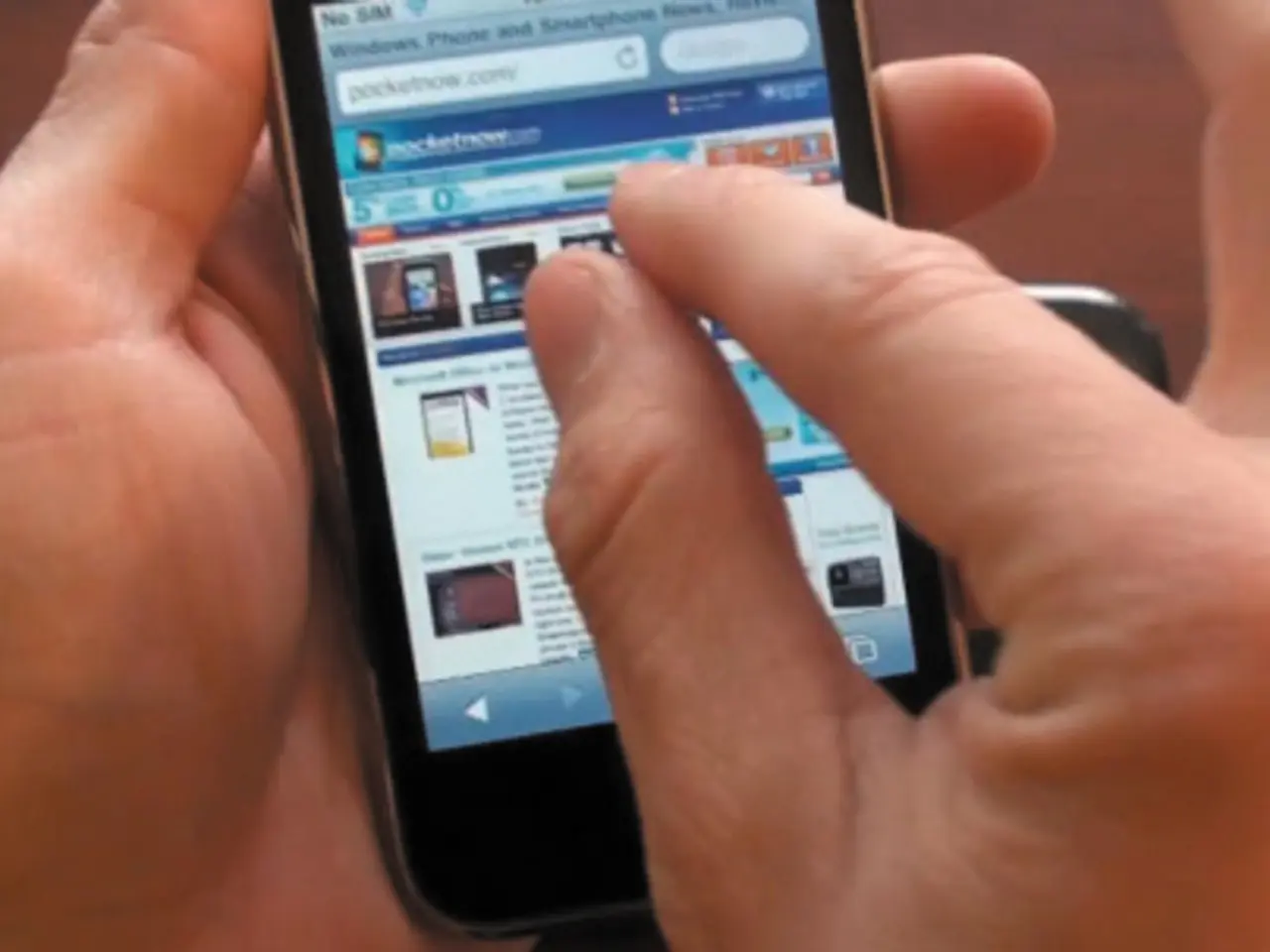Starlink's Direct to Cell Technology Makes Strides in Ukraine and Beyond
Ukraine successfully conducts initial Starlink direct-to-cell test, signaling potential Q4 rollout
Starlink's Direct to Cell (D2C) technology is making significant strides, connecting standard smartphones directly to modified satellites for text, voice, and data services in areas without traditional cellular coverage. This technology is rapidly integrating with terrestrial networks worldwide, including Eastern Europe and other regions.
Ukraine Takes the Lead in Eastern Europe
In a groundbreaking move, Ukraine's largest mobile operator, VEON-owned Kyivstar, has conducted the first field testing of SpaceX's Starlink D2C technology in Eastern Europe. Kyivstar CEO Oleksandr Komarov and Ukraine's Minister of Digital Transformation, Mykhailo Fedorov, exchanged messages directly via Starlink satellites using standard 4G-enabled smartphones [6][7]. The partnership between Kyivstar and Starlink aims to commercially launch a satellite-powered text messaging service in Ukraine by Q4 2025 [4][5].
United States and New Zealand Pioneer D2C Services
Starlink has already made its commercial debut in the U.S. through a partnership with T-Mobile. The service, initially focusing on text messaging, is available to T-Mobile customers, with plans to expand to voice calls and data services [1][2][3]. In New Zealand, One NZ (formerly Vodafone NZ) has implemented a nationwide satellite texting service using Starlink, allowing customers to send SMS messages when outside traditional coverage areas [2][3].
Global Partnerships and Expansion
Starlink has signed D2C agreements with telecom providers in 10 countries, indicating a broad push for global coverage [5]. As of mid-2025, SpaceX has around 400 D2C-equipped satellites in orbit, with plans for further expansion [3]. In addition, SpaceX has agreements with Rogers Communications in Canada and Optus in Australia to integrate Starlink for satellite-to-phone services in these countries [4].
The goal of the service is to provide reliable communication in areas without terrestrial coverage, particularly during wartime and other crises [8]. The partnership between Kyivstar and Starlink is part of a broader push to integrate terrestrial and space-based infrastructure [9]. The Direct to Cell data service, capable of enabling video calls via messaging apps, is still under development [10].
In conclusion, Starlink's Direct to Cell technology is transitioning from concept to reality, with significant advancements in the U.S., New Zealand, Eastern Europe, and several other regions. The service promises to provide reliable connectivity in areas previously without service, enhancing rather than replacing existing terrestrial networks.
- The partnership between Kyivstar and Starlink in Ukraine is not only making strides in text messaging services but also demonstrates the integration of space-and-astronomy (Starlink's satellite technology) with science (telecommunications technology) in the realm of terrestrial networks.
- The global expansion of Starlink's Direct to Cell technology is not limited to Eastern Europe; it has also been implemented in the United States through a partnership with T-Mobile, utilizing technology that merges space-and-astronomy and telecommunications to provide reliable communication services to areas devoid of traditional coverage.




